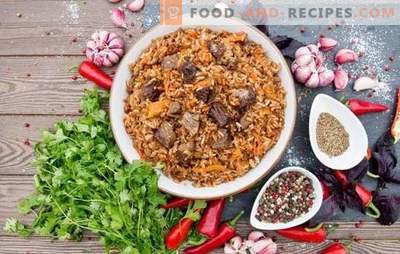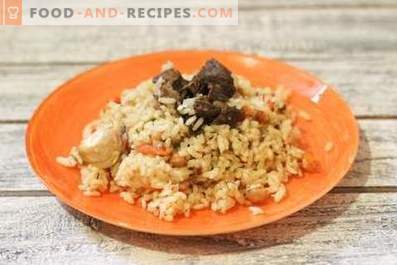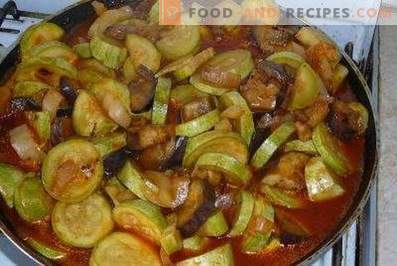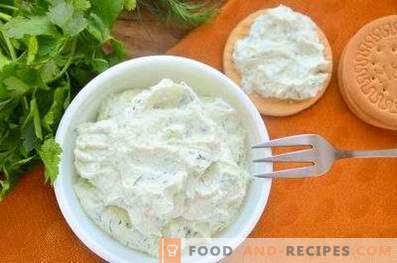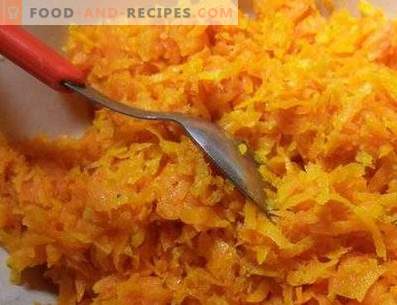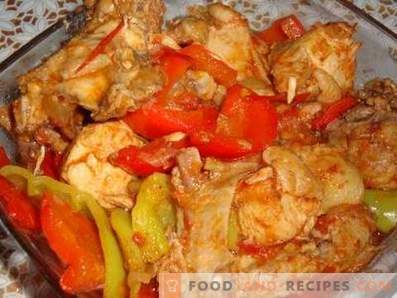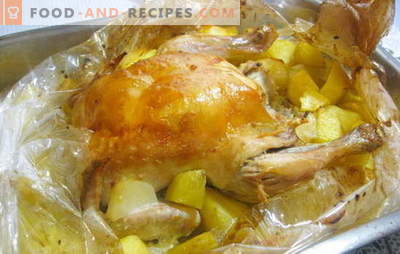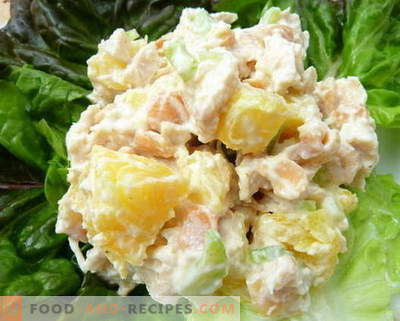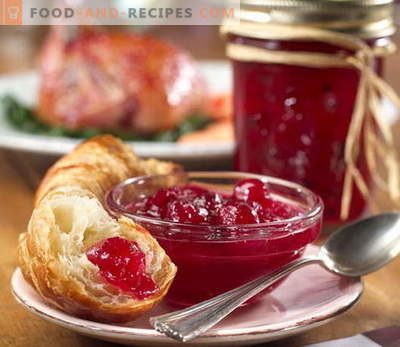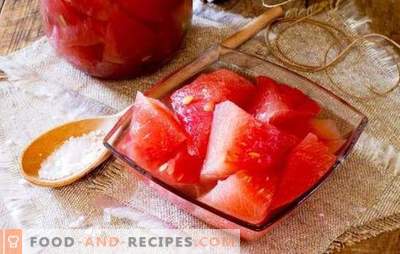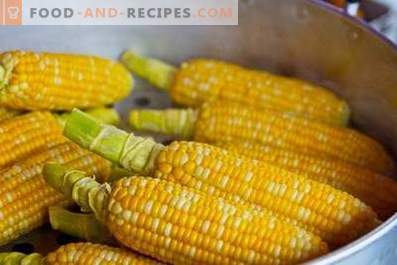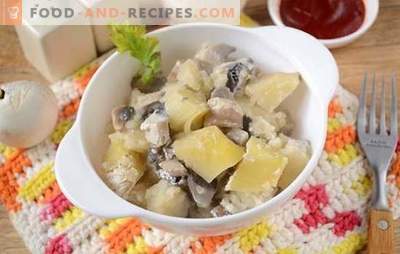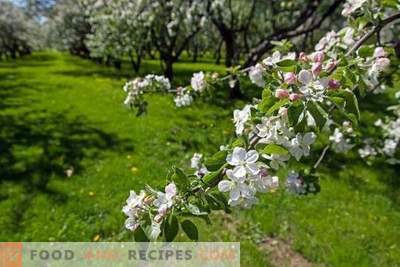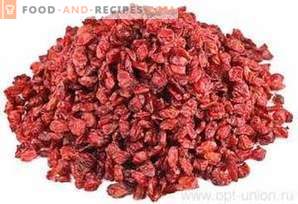
This thorny shrub can be found in the forest, on the edge, in the mountains.
It is used in parks and squares as an ornamental plant, because it is beautiful at any time of the year. In spring, bright green leaves and yellow flowers collected in a brush appear on the shrub. In autumn, the entire shrub is covered with small oblong berries of red-orange, purple or dark blue, and the foliage becomes red-yellow.
Barberry is used in the form of hedges, because when it grows and thorny branches intertwine with each other, it becomes almost impassable.
He has a beautiful solid wood, so it is used in furniture production, for the manufacture of turning products and inlays.
Barberry is also valuable as a medicinal and edible plant.
Useful properties of barberry
- Its fruits are rich in glucose and fructose.
- They have malic, citric and tartaric acid.
- Berberine was found in the leaves and roots of the barberry. This alkaloid has antitumor activity.
- Leaf tinctures are antipyretic, antimicrobial, choleretic and antiseptic.
- They are prescribed for diseases of the spleen and liver.
- Broth root helps with tuberculosis, rheumatism, stomach diseases.
- The berries of this plant lower the temperature and quench their thirst.
- They are used to improve appetite, with diarrhea, gall bladder diseases.
- Barberries are consumed fresh or dried, and also used in cooking.
Barberry - tasty seasoning
In addition to the healing properties of the barberry has high nutritional qualities. No wonder the cooks of many countries add its berries in dishes.
Its taste is known to many since childhood, because in the “Barberry” candies the essence of these berries dominates.
Fruits and barberry juice is added to all kinds of compotes, jelly, jelly, marmalade.
Barberry berries are used to make herbal tea. For this, both fresh berries and dried ones are suitable, and then crushed in a coffee grinder. Also, herbal tea can be prepared from the leaves of barberry.
The sour taste of berries and barberry aroma ennobles any jam that is used for filling in cakes and sweet rolls.
Barberry juice, which has a very beautiful color, is used to tint wines, other juices and tinctures.
Barberry berries are made with refreshing drinks, such as kvass. For this glass container half filled with berries and pour them with cooled water. Put for fermentation in the cellar or in a cool place.
Barberry can be added to the usual kvass, thereby giving it a pleasant sourness and aroma.
Barberries in dishes
Many believe that only barberry berries can be used as food, but in fact, this shrub not only fruits but also leaves are edible. While the leaves are green and young, they replace the sorrel and cook them from the green soup.
Young leaves of barberry are added to salads and put in marinades.
Barberry berries are used in canning. They are used in sauerkraut and cucumbers, as well as pickled separately. Especially these berries are popular in the countries of Central Asia and the Caucasus. There they are found in many dishes.
Due to its sour taste, barberry is a good substitute for vinegar and lemon. Therefore, when marinating meat, it can be put together with these sour ingredients, reducing their quantity, or completely replaced them with barberry.
In the dishes put both fresh berries and dried, crushed into powder.
They are added to soups to give the dish a little sourness. This is especially true of pea dishes, which themselves are quite bland.
For example, sayohat soup, which is boiled in meat broth with the addition of chickpeas, carrots, potatoes, onions, is popular in Tajikistan. At the end of cooking, it is seasoned with spices, garlic, fresh tomatoes and barberries.
These berries are added to sausage meat. For the manufacture of Tajik sausage Hasib beef or mutton is passed through a meat grinder and mixed with different spices and spices. Depending on the recipe, garlic, onions, pomegranate seeds, cumin, cumin, cilantro can be included in the minced meat. Almost in any recipe there is also a barberry.
It is added when stuffing poultry. At the same time, it goes well with rice, onions, Zira, pieces of bacon, pepper and cilantro. It is with this mixture that Tajiks are stuffing partridges, chickens, ducks and geese. And residents of other regions, following their example, use barberries in different dishes.
Barberry gives good taste to any meat products, so it is added to the stuffing for lula kebabs and meatballs cooked both in a frying pan and in an oven, and over an open fire. This applies to kebabs, kebabs, kebabs. What is essentially the same thing. Simply, the people of each ethnic group call barbecue in their own way. Azerbaijanis have kebabs, Turks have shish-kebabs, Georgians have mtsvadi, Armenians have horovats. And if any national kebab is different in the composition of the marinade, then it is served to the table most often with fresh or dried barberries. It is believed that he gives kebab savory taste. But ground barberries can be added at the beginning of the kebab, that is, in the marinade.
And Uzbeks, Tajiks, as well as other Asian chefs, prefer to put barberries in pilaf. Whatever meat is used, they put barberry berries along with other spices in the broth before falling asleep rice.
Barberries are added to other rice dishes, such as risotto and rice porridge.
A variety of sauces are prepared from its berries, which are perfectly suited to both meat and vegetable dishes. To do this, pour the berries with a small amount of water, boil well and then rub through a sieve. This puree can be mixed with any spice.
For example, in Abkhazia, barbed barberry berries, mixed with adjika, are called Akatsakhur syzbal. This sauce is recommended for meat dishes.
In the Caucasus, sometimes horseradish mixed with chopped barberries is served with meat.
But the hostess herself can choose her favorite spice and add to the barberry puree to get a new sauce recipe.




